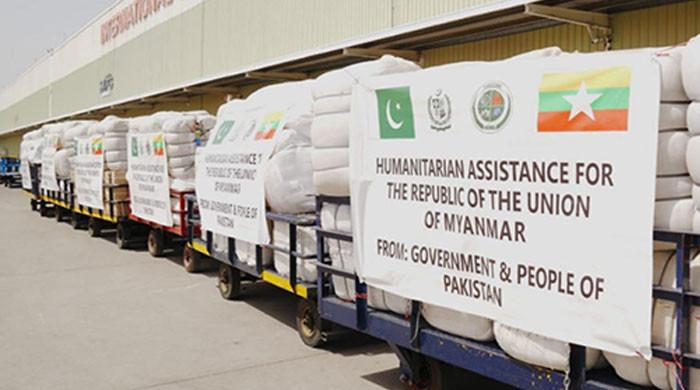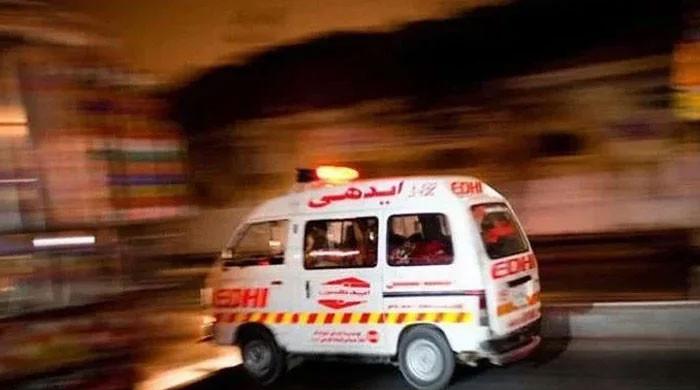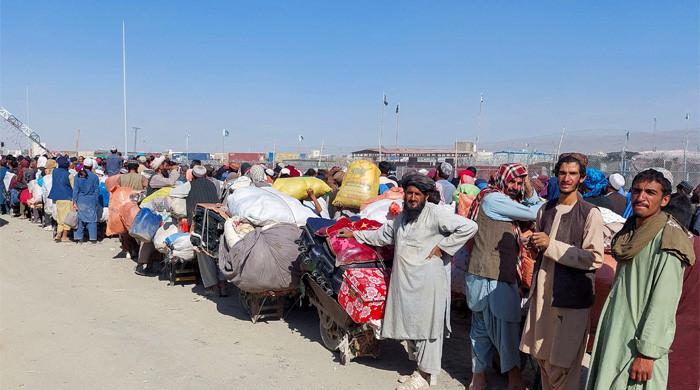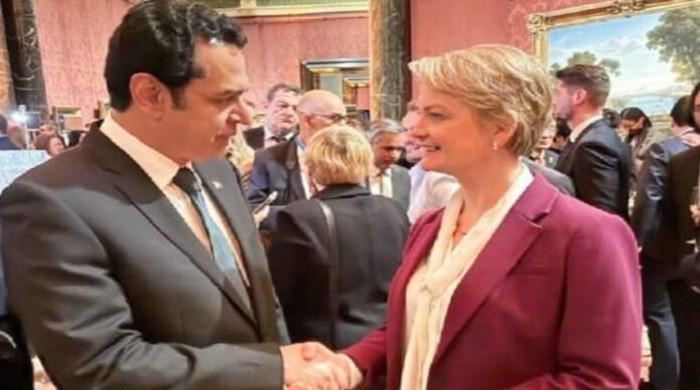Power it up: Umar Saif — the man behind Punjab’s digital age
Saif is leading one of the biggest turnarounds in technology not just in Punjab, but also in other provinces
March 22, 2018
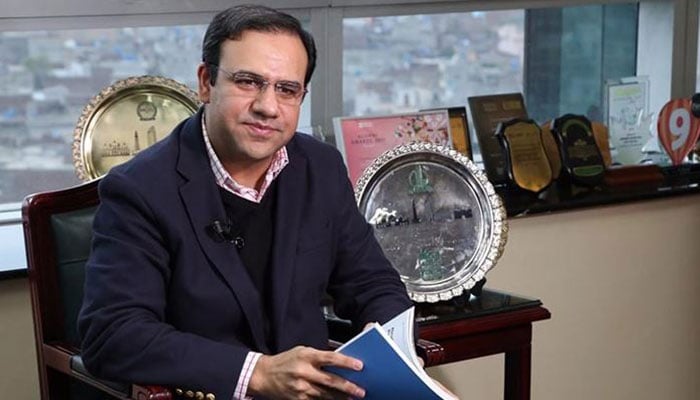
In 2011, Umar Saif, an MIT graduate, accepted a job he didn’t want. Seven years on, as the head of the Punjab Information Technology Board, which overlooks all public sector IT projects in Pakistan’s most populous province, Saif is leading one of the biggest turnarounds in technology not just in Punjab, but also in other provinces. He talks to Geo.tv about what he has achieved and what happens after he leaves.
Excerpts:
From LUMS to the MIT, and finally back to Lahore. In 2011, you were appointed chairman of the Punjab Information Technology Board, better known as PITB. How did your name come up?
After completing my undergrad from LUMS in Lahore, I moved onto pursue a PhD in computer science at Cambridge University. At that time, I was the first Pakistani to complete the program, and that too at the age of 23. Finally, I packed up and came home. While I was teaching at LUMS, the MIT Technology Review included me in its annual list of 35 Innovators Under 35 in 2011. I was also the first Pakistani to be named by it. The news made local headlines and caught the attention of Chief Minister Shehbaz Sharif. The same year as I was driving to work, the chief minister called me. First, he applauded my achievement and then invited me for breakfast. To be honest, I thought it was a joke. But his office ensured that I showed up for the Sunday brunch. While seated in his study, Sharif offered me a job in the government. My initial reaction was not very positive. I told him very clearly that I am not cut out for a government job. I step on toes. I have sharp elbows. I pick fights and I run very fast. The former chairman of the PITB, who was also present, then leaned over and said, “That is exactly how the chief minister works.”
Is it true that your work with the PITB is pro-bono?
I do not take a salary from the Board. However, I do get paid monthly by the Information Technology University, Lahore, which I helped set up. Today, it has thousands of students and 85 faculty members.
What percentage of Pakistan is connected to the Internet?
This is actually my favourite statistic to quote. Pakistan is one of the fastest growing Internet adoption countries in the world. There are at least 40 million users in the country, more than the entire population of Canada. And that number is only increasing.
Now, it is important to understand that majority of our Internet usage is accessed through mobile phones — a factor that is unique to developing countries. Whereas, in the United States, for example, there are broadband and LAN connectivity networks. In Pakistan, the infrastructure is built mostly for mobile connectivity. As you know, we are also the ninth largest market for cell phones in the world. Over 139 million people have phones, 40 per cent of those have converted to smartphones and are using Internet data.
Here is another startling fact for you. There are 121 million citizens who watch TV in Pakistan, of which 30 million, estimated, watch the news on regular basis. Now compare that to the over 40 million Pakistanis who are on social media. A tweet here can go further, at times, then a headline.
Last year, you announced free public Wi-Fi hotspots in Lahore and other major cities of Punjab. Will this service be extended to smaller cities and towns of the province?
Yes. Punjab has a ‘right away policy’. Under it, we are facilitating telecommunication companies lay fibre optic cables. Previously, it was difficult for them to do so since they were not allowed to dig up a park or a road. The government has standardised rates and any new bridge, for instance, that is built in Punjab, will now have to have a duct for fibre cables. As for Wi-Fi, it is available in Multan, Lahore, Rawalpindi, Faisalabad and Murree. Overall there are 250 odd Wi-Fi hotspots in the province.
Let me also give you an overview of what else PITB has done in the short span. We have overhauled and revamped the land revenue system. It is now completely digitised. In fact, 157 million land records have been computerised. Then, there is the health sector. Now, the procurement of medicines, their testing, the recruitment of hospital staff and even a doctor’s attendance is marked online. Finally, and most importantly, is education. Punjab has one of the largest school systems in the world, with upwards to 53,000 educational institutes and 11 million students. I can state this with surety that there are zero ghost schools, as of now, in the province.
Simply put, there is not one initiative in Punjab that does not have an IT component.
The Punjab police seem to be one of the main beneficiaries of the IT growth in the province. All 714 police stations in Punjab have been automated and an online-FIR system launched. But has this improved efficiency?
People had two issues with the Punjab police. One, denial of the first information report (FIR). Two, bogus FIRs. But if a citizen walks into a police station today, his first interaction will be with an unbiased IT professional, not a police officer. That person, man or woman, will immediately register your complaint. Equally important is the investigative aspect. When a crime is committed there is an 85 per cent chance that is has been carried out by someone who is a habitual offender. With an online record of crimes and perpetrators, once a person is caught their biometric is captured and compared with the historical archives. Every day police officers pick up five to 10 suspects using this system.
You also plan to leverage cell phones to extend the reach of education in Pakistan. How would that work?
That is our most important project. We are continuously looking for ways to extend technology into classrooms. One initiative is to take the entire content from a single textbook – textbooks of grade 6 to grade 12 – and digitise them. These books are available on our website elearn.punjab.gov.pk. Apart from simple text, the ebooks have video lectures, educational games and animations to help children learn. Now, we are adding these books to teachers’ personal smartphones and tablets. Next, we have equipped several classrooms with screens that the teachers use to deliver content, which is both engaging and informative. So far, this has been tested in 60 classrooms. In turn, the results were amazing. Children taught through this method scored better in maths and science. Three months from now, the programme will be extended to another 1,000 classrooms.
What about the other provinces, in what capacity are you working with them?
To date, the PITB has completed over 300 projects for the Punjab government. Our vaccination coverage in Punjab was so successful that the chief secretary of the Khyber Pakhtunkhwa province reached out to us for help. Since then, their coverage has risen by 700 per cent. In fact, some of the initial police systems in KP were created by us. Also, in Sindh we are helping automate police records. And that is not all. PITB is assisting projects in seven countries, including UAE and Nigeria. There is a lot of interest abroad for replicating our education reforms.
Coming back to you. Does it concern you that your name has become bigger than the projects you initiated?
I hope that is not the case. I celebrate the people who have worked with me. Over the years, I have worked very hard to build an organisation that sustains and that can outlive me.




